
Custom and volume optical manufacturing with the expertise to guide you:
The Laser Optics Lab video series discusses laser optics concepts including specifications, coating technologies, product types, and more. Watch each video to learn more about the specific element of laser optics that will help broaden your knowledge and help you determine the best product to choose for your application.




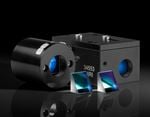











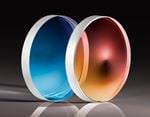

















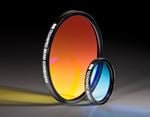











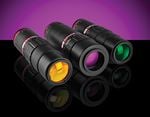













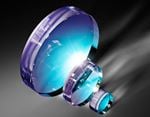
























































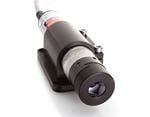







































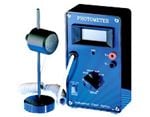


































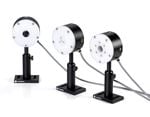















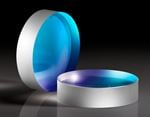





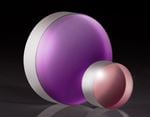




























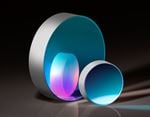

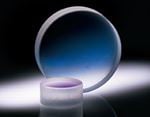













































Please select your shipping country to view the most accurate inventory information, and to determine the correct Edmund Optics sales office for your order.









or view regional numbers
QUOTE TOOL
enter stock numbers to begin
Copyright 2024, Edmund Optics Singapore Pte. Ltd, 18 Woodlands Loop #04-00, Singapore 738100
California Consumer Privacy Acts (CCPA): Do Not Sell or Share My Personal Information
California Transparency in Supply Chains Act